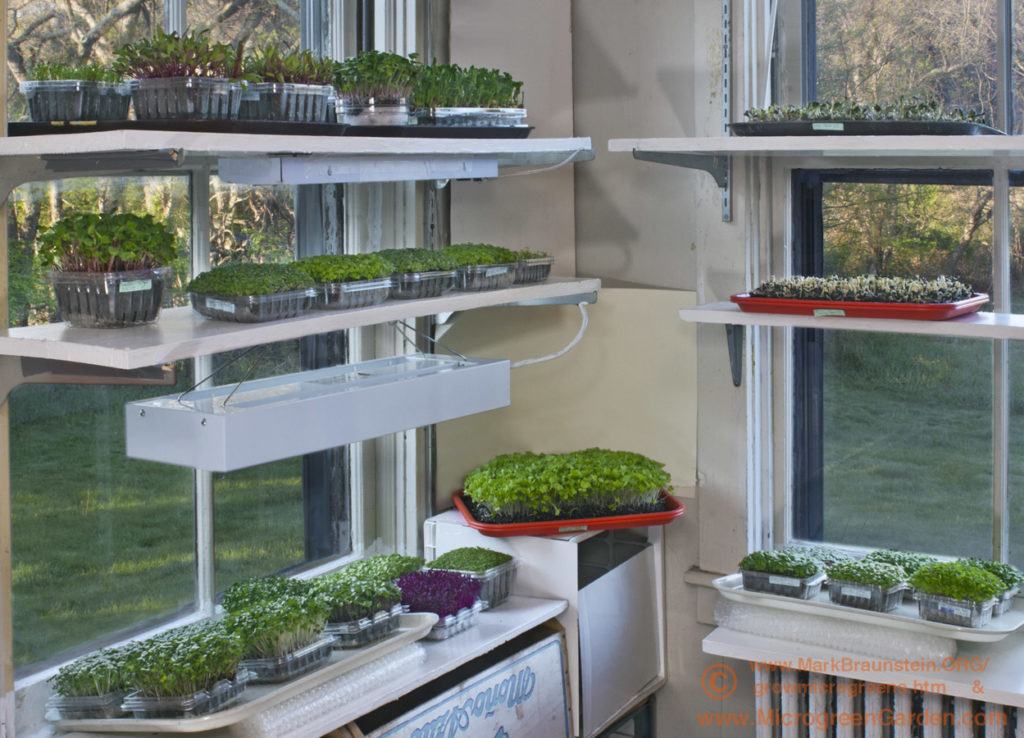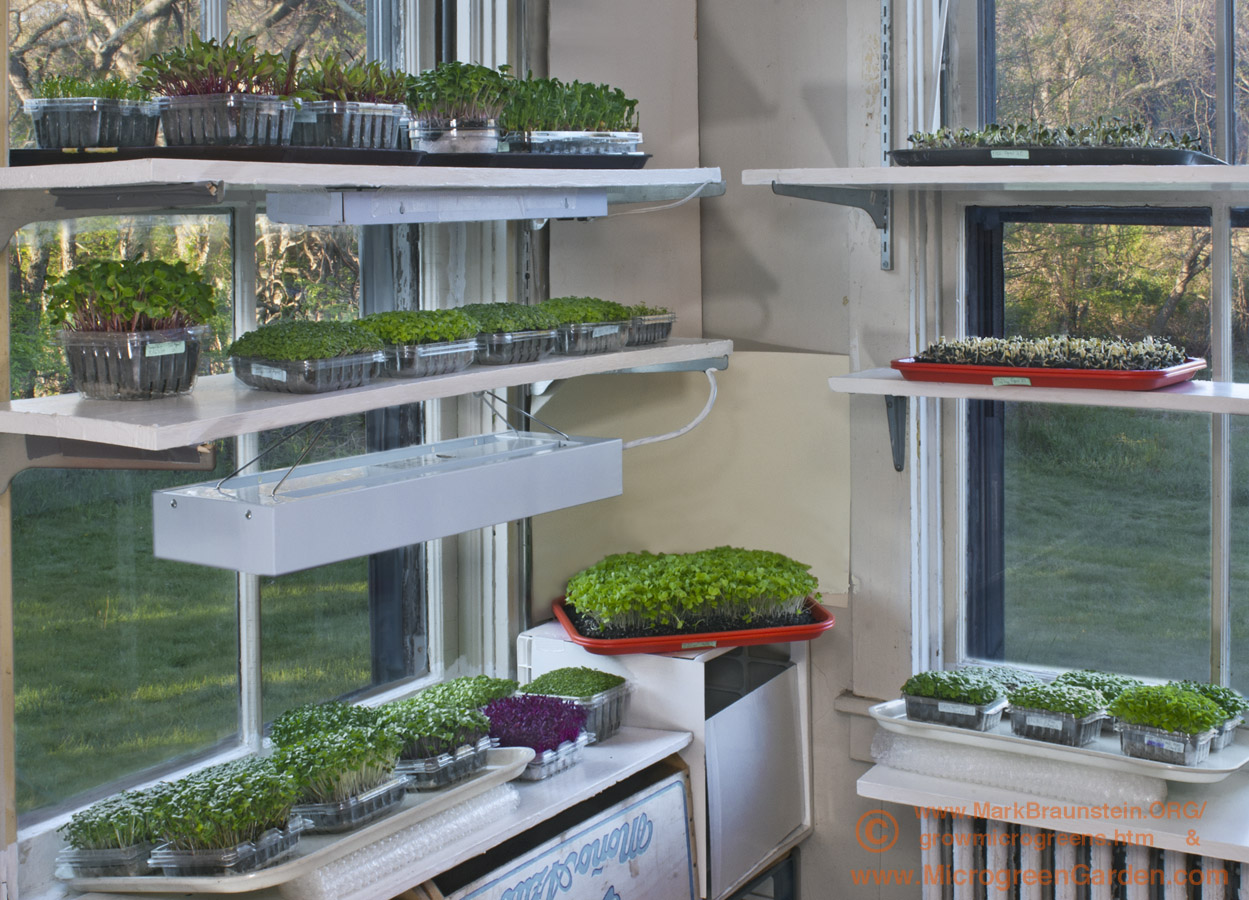No matter the season, size of your garden or climate, you can inject homegrown flavor into your meals. Just clear a shelf, countertop or windowsill and get busy planting herbs, greens and even tomatoes to enjoy year-round.

For quick results, grow microgreens. These nutrient packed edibles are ready to harvest in as few as 10 days. Plant microgreen seeds in a quality potting or seed starting mix. A recycled fast food container or other shallow pot with drainage holes works well. Plant the seeds according to label directions, moisten the soil and place in a warm location. Keep the soil moist and move to a sunny window or under artificial lights as soon as sprouts peak through the soil. Then break out the scissors and start harvesting when the second set of leaves appears. Use microgreens on salads, sandwiches, soups or as a snack.
Replace those underutilized appliances cluttering the counter with an under the cabinet LED light garden. You’ll be able to grow and harvest your own herbs and greens right in the kitchen for easy access. The LED lights will also help brighten the room – a welcome addition to any dreary winter day.
Purchase plants or start herbs from seeds in individual pots or a container large enough to hold several plants. Select herbs you and your family typically use for seasoning. Basil, chives, sage, parsley, and oregano are a few of the easier herbs to grow. Just harvest a few leaves or sprigs as needed for some homegrown flavor.
Boost the vitamins, minerals and fiber in your meals with leafy greens. Plant an indoor garden of leaf lettuce, spinach, arugula, baby leaf kale and beet greens. A self-watering pot with a built-in overhead light makes it easy to grow a variety of greens at the end of a counter, next to a desk or anywhere you have a few square feet of space.
Harvest greens regularly to keep the plants producing. You’ll enjoy the convenience and have no excuse not to boost the flavor and nutritional value of your meals.
Reserve a space in front of a sunny window to grow a tomato or pepper plant. Expand your growing options and ensure a bountiful harvest by supplementing natural daylight with artificial lights. Start with compact tomato and pepper varieties that require less space. You will probably need to start plants from seeds when growing these vegetables outside the normal outdoor gardening season. Once the plants start flowering, you will need to lend a helping hand. Give the stems a shake for pollination and eventually fruit formation to occur.
Reduce maintenance and the mess with self-watering containers. These planters have reservoirs that hold water that moves into the soil via wicking systems. This provides the plants with a constant supply of water while extending the time between watering. Plus, the self-contained watering setup minimizes the risk of water getting on your floor.
Start plans for your indoor edible garden with a walk around your home to identify potential growing spaces. Then develop a list of favorite herbs, greens and vegetables you and your family enjoy. Match the space to your favorites and invest in plants and resources that fit your gardening goals and help ensure success. Then start growing and enjoying the benefits of fresh, homegrown produce all year long. Melinda Myers has written numerous books and hosts How to Grow Anything DVD series and the nationally-syndicated Melinda’s Garden Moment TV & radio program. Her web site is MelindaMyers.com.
Related Articles & Free Subscription

Bold and Beautiful Alliums for Every Garden
Container Gardens for Every Occasion
Flower Bed Maintenance Keeps Gardens Looking Their Best All Summer Long






Comment here